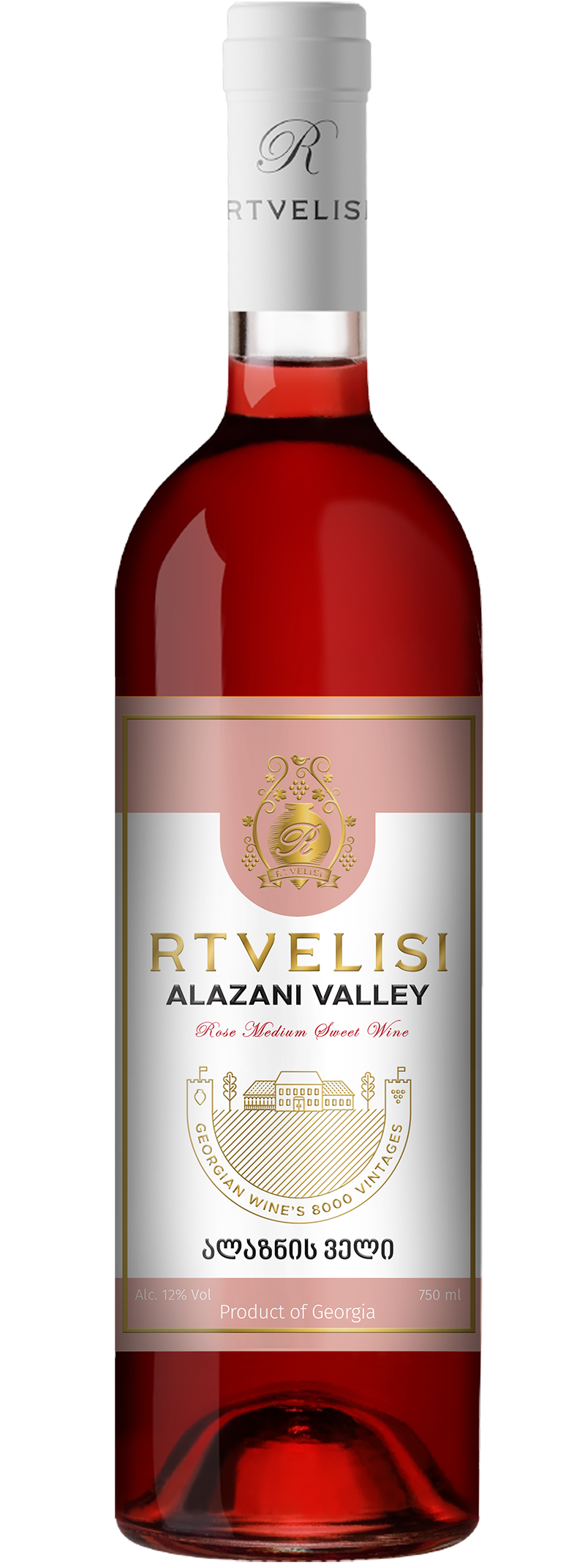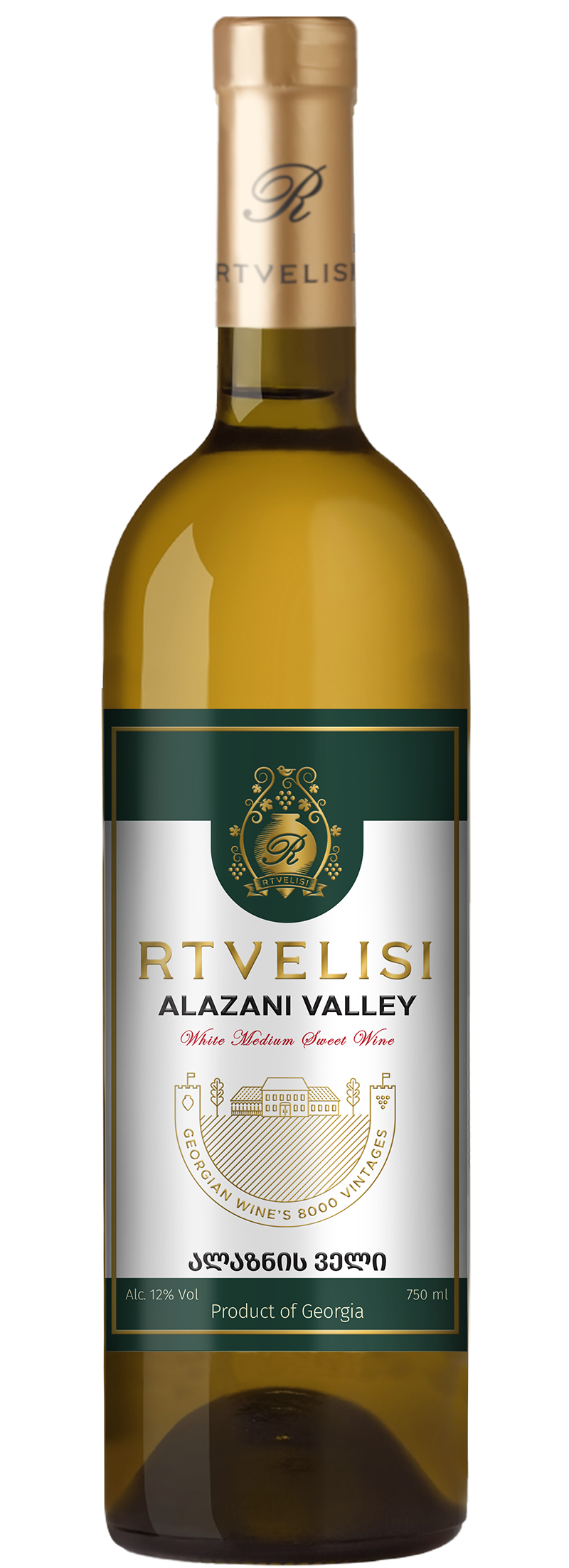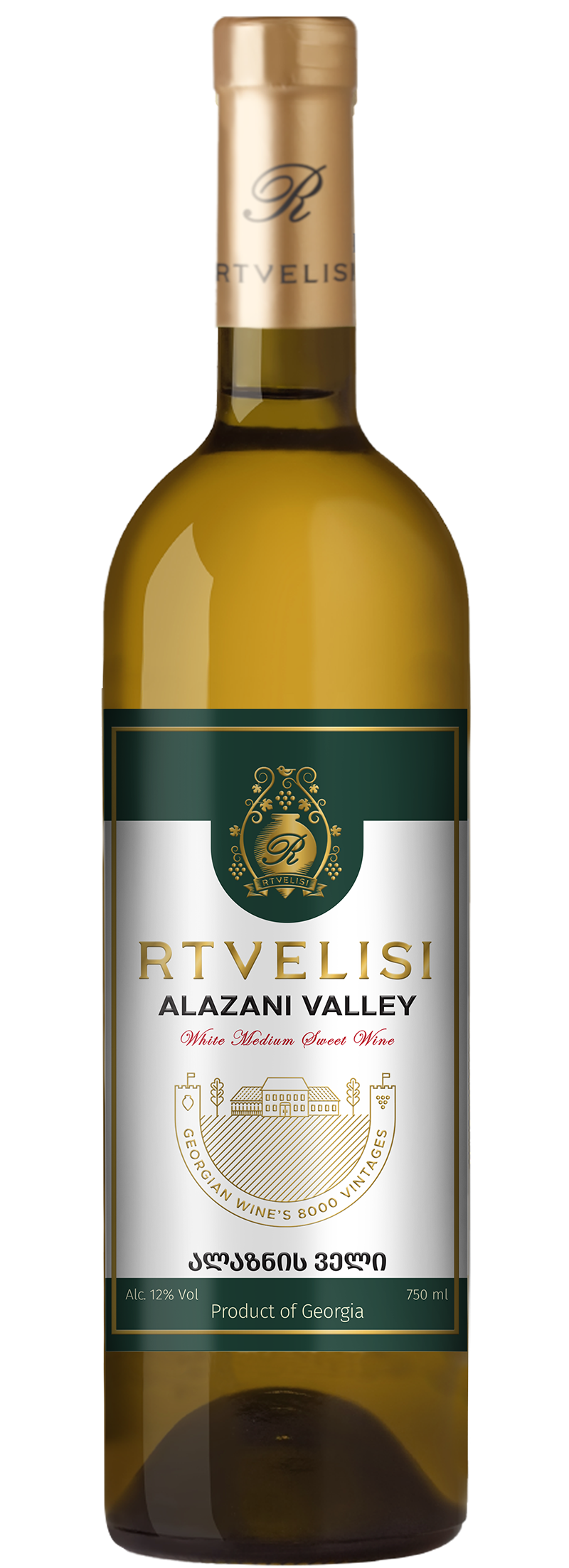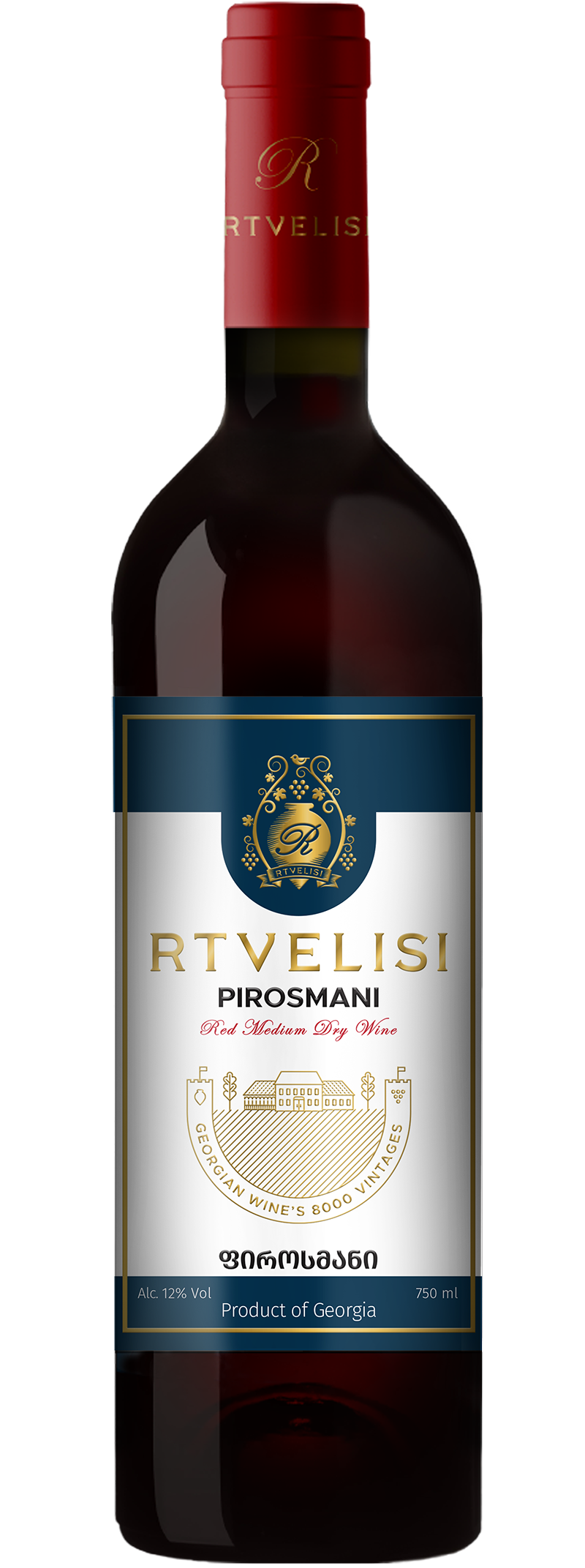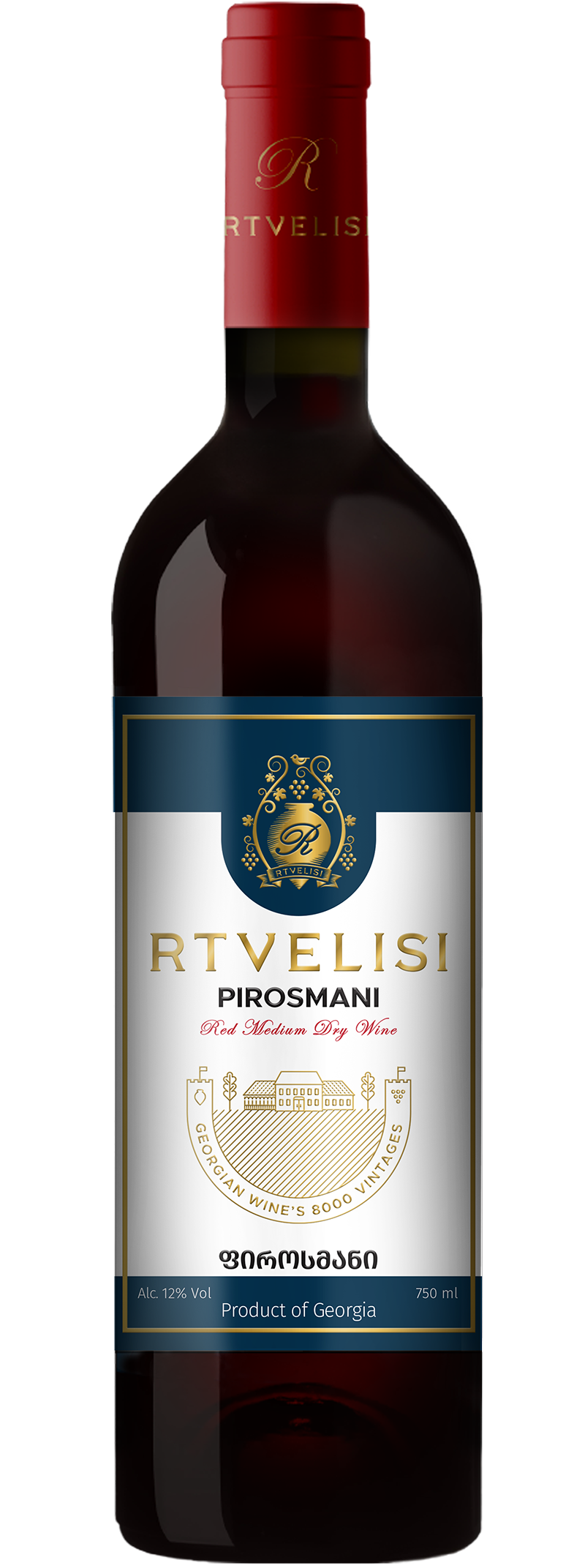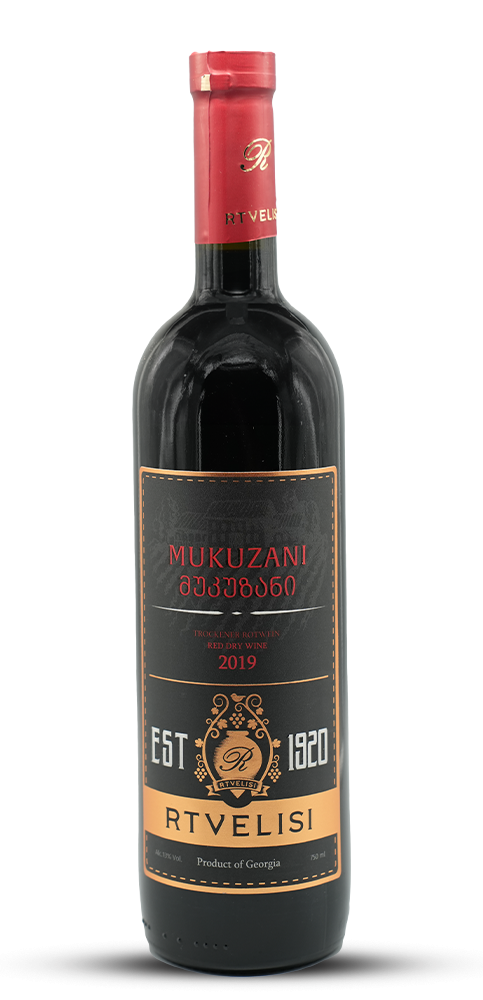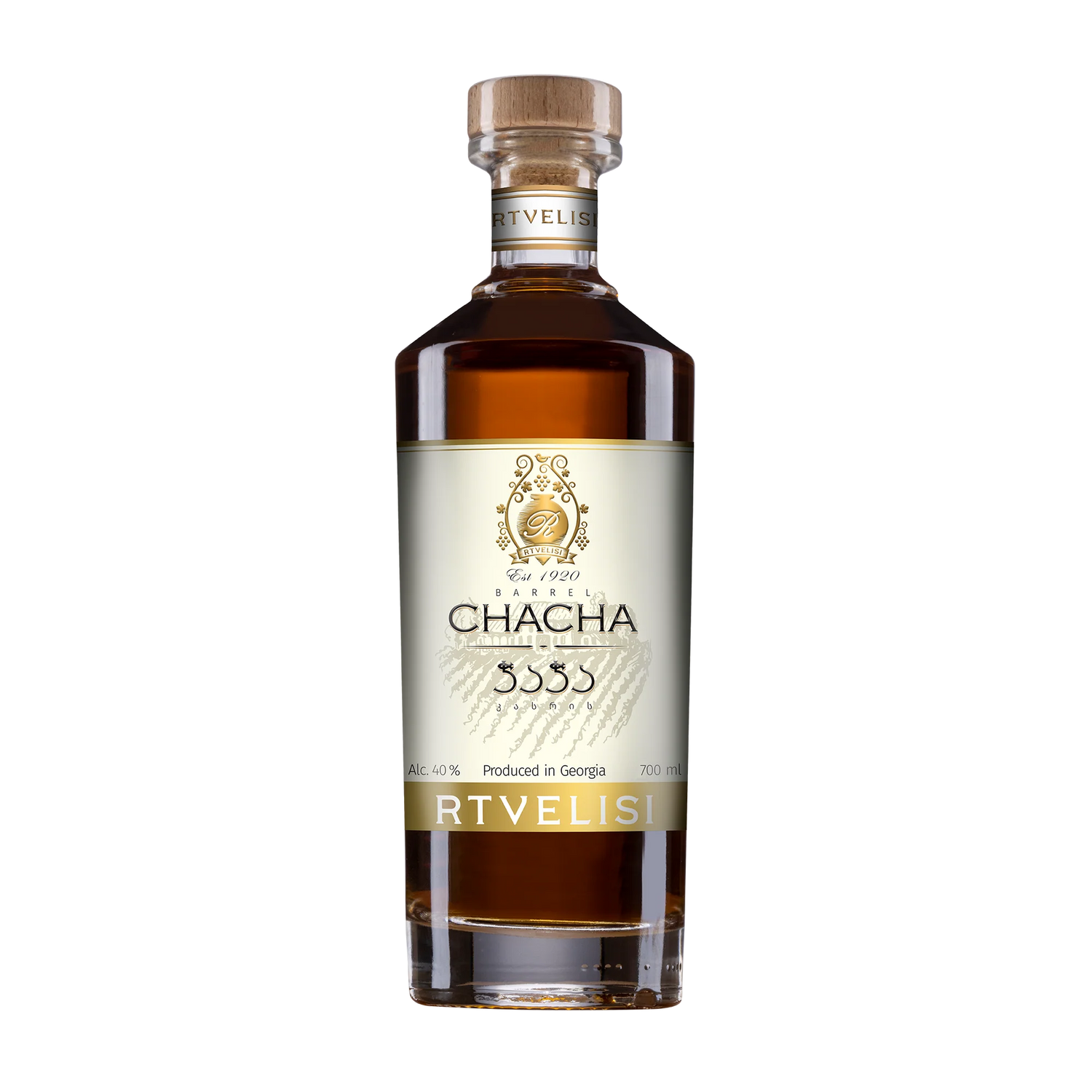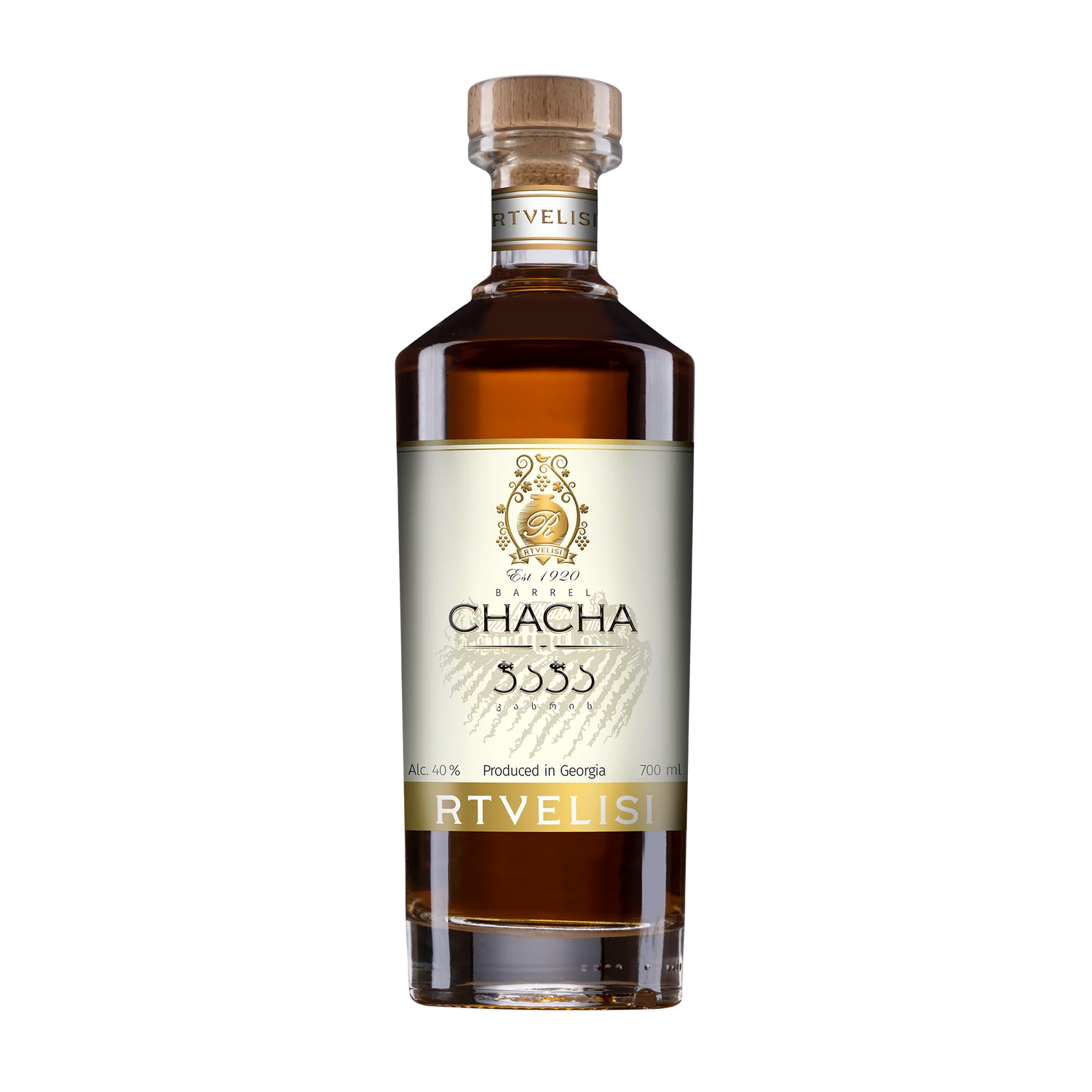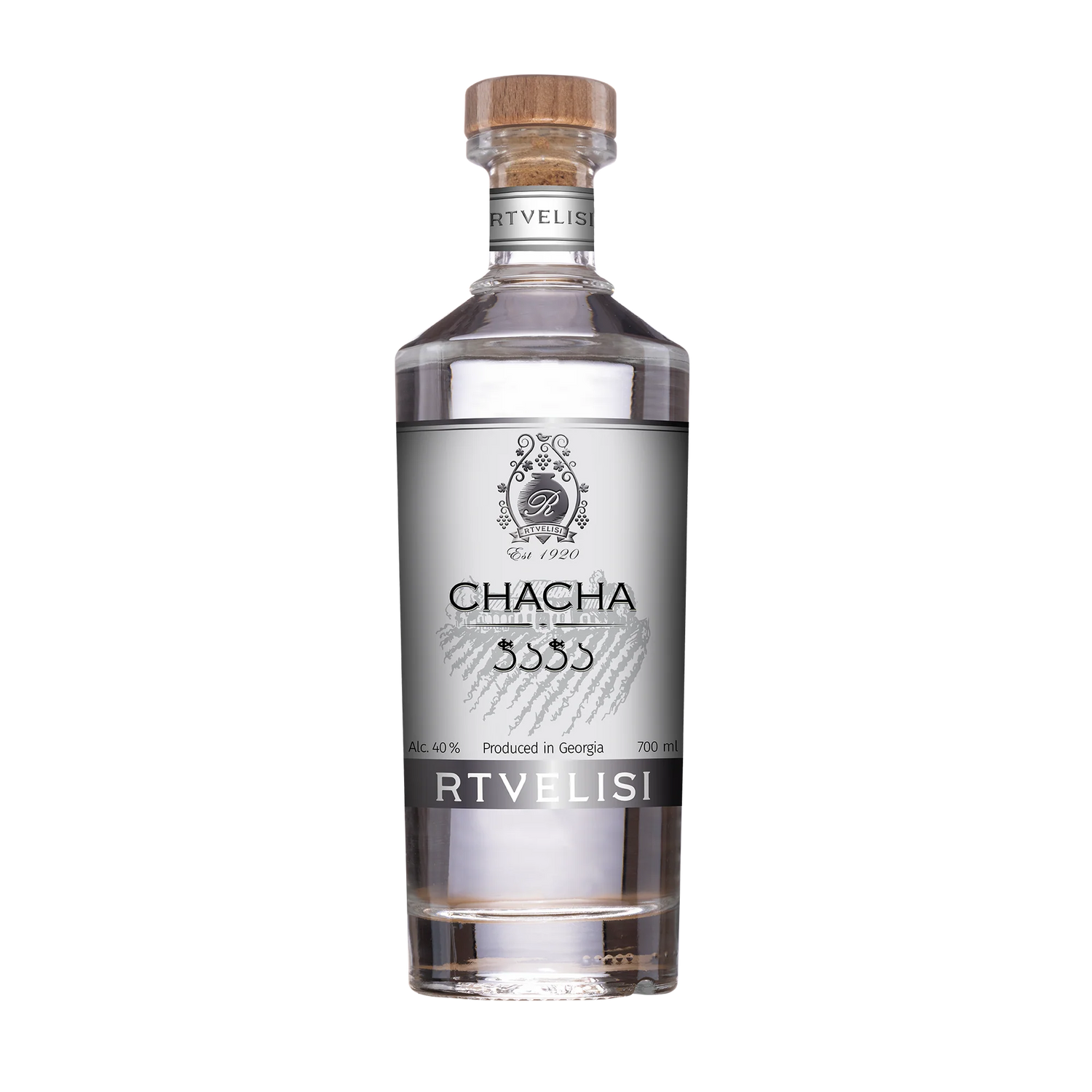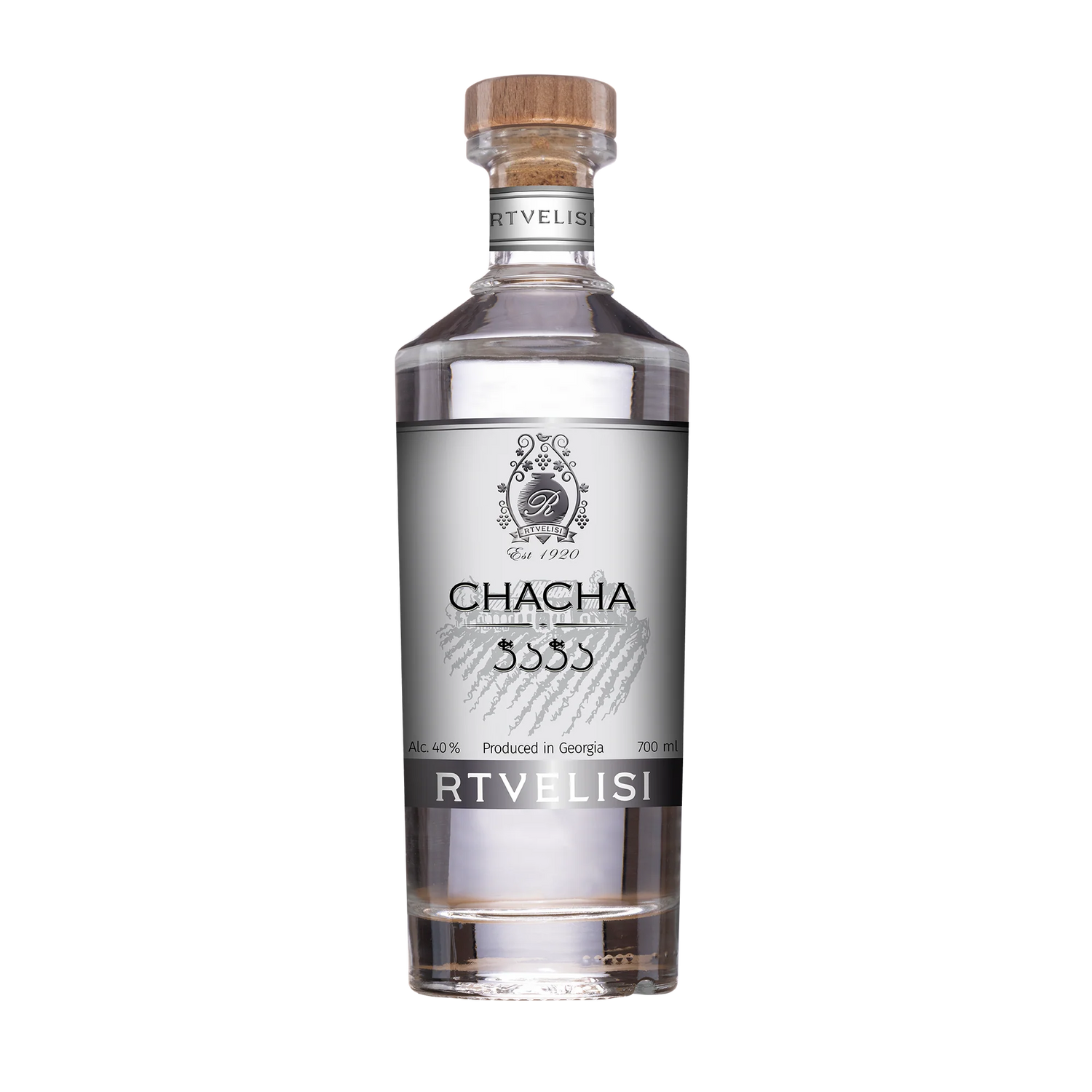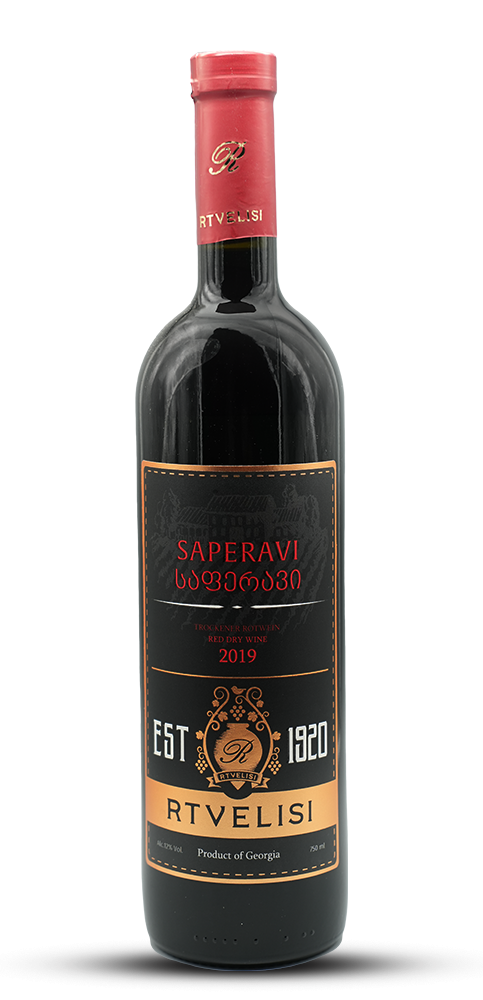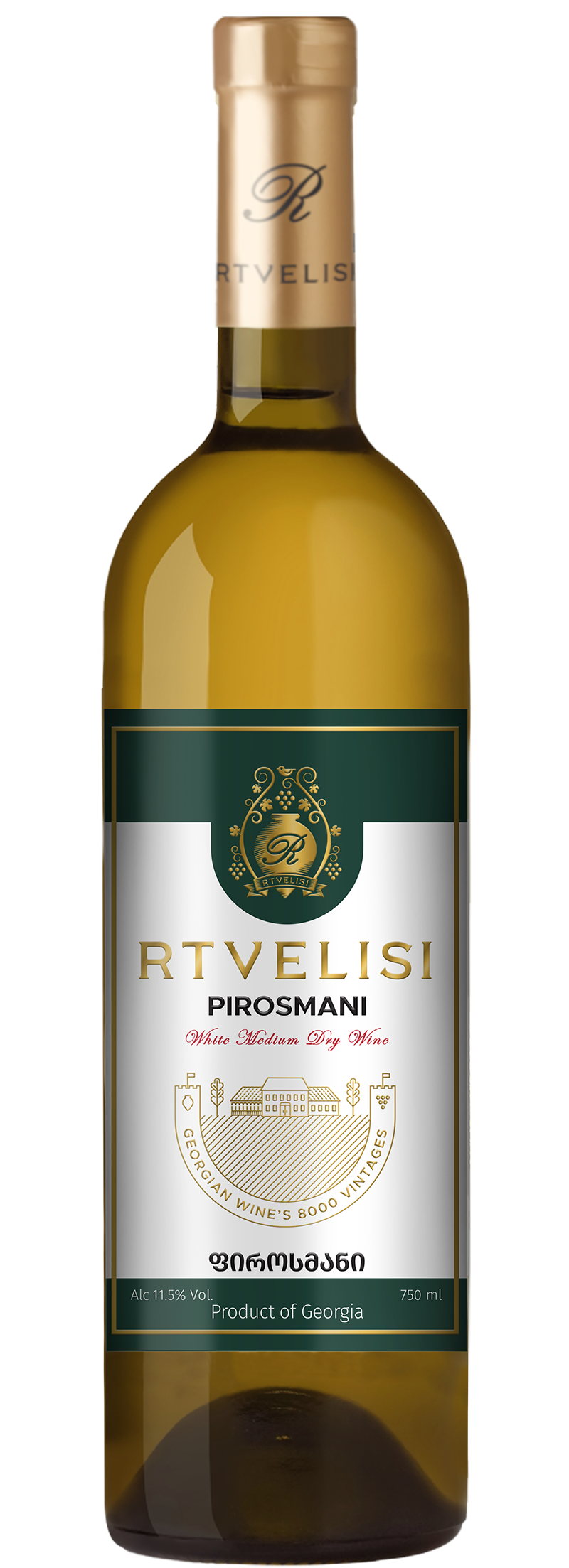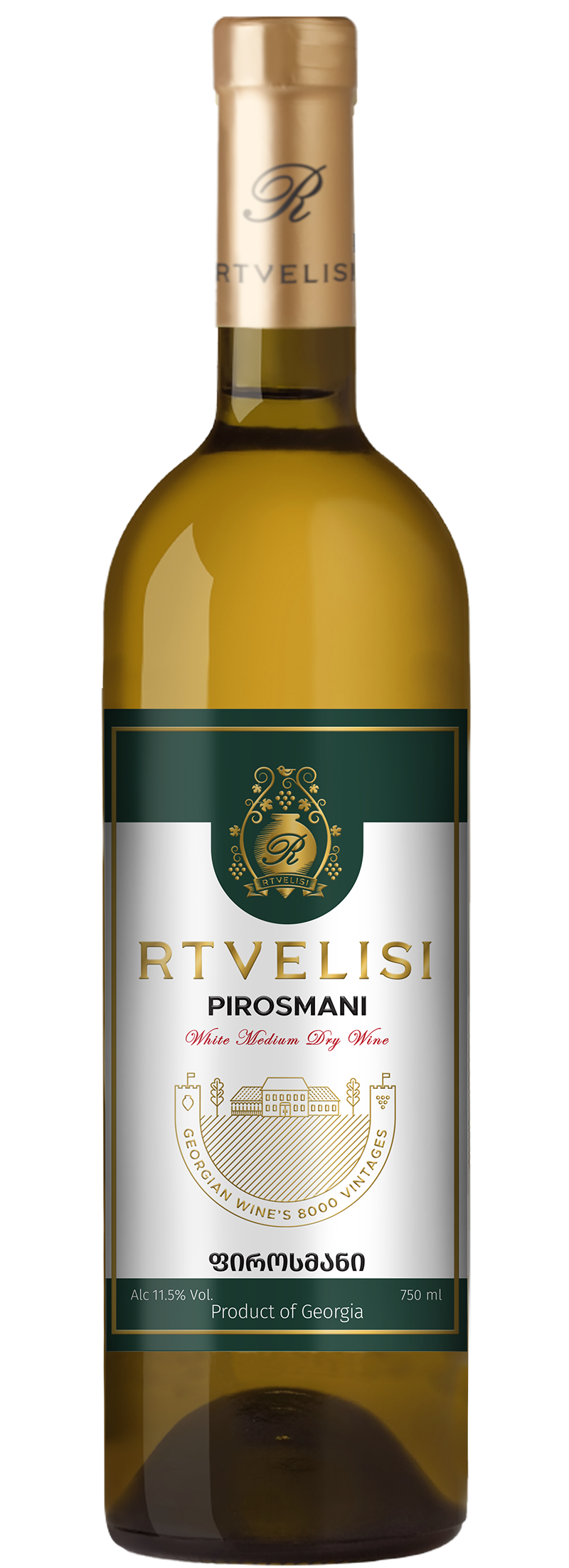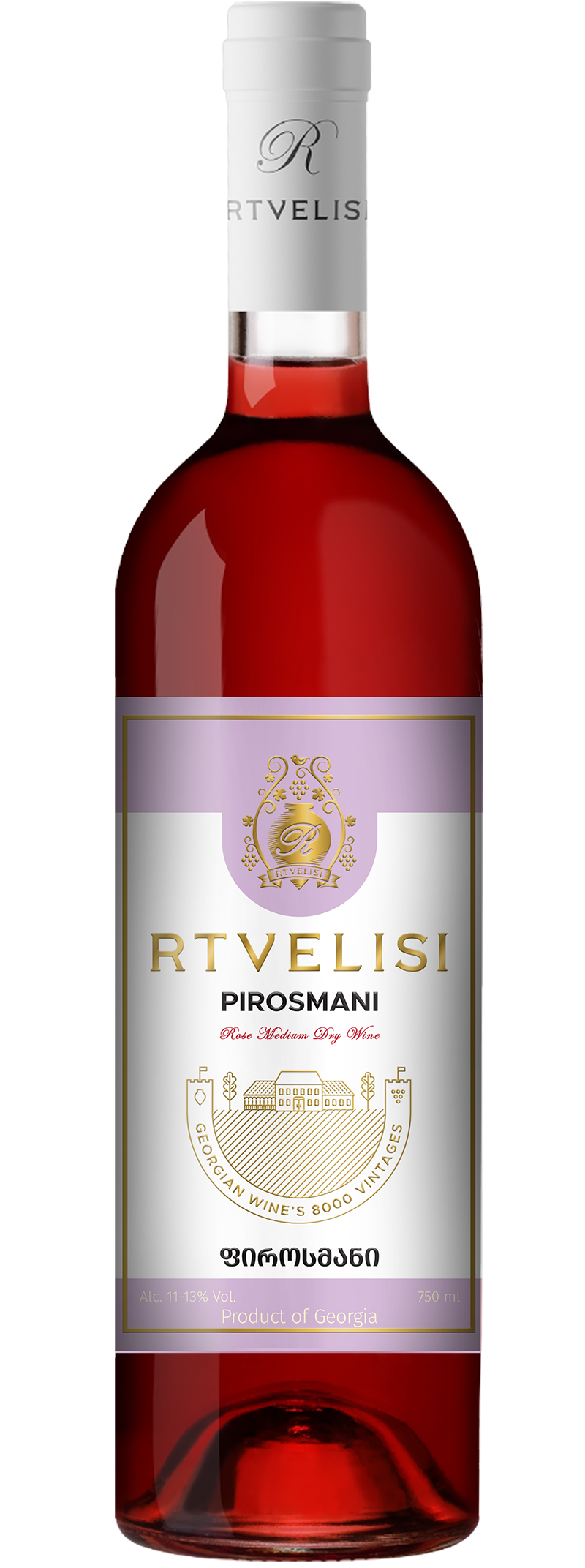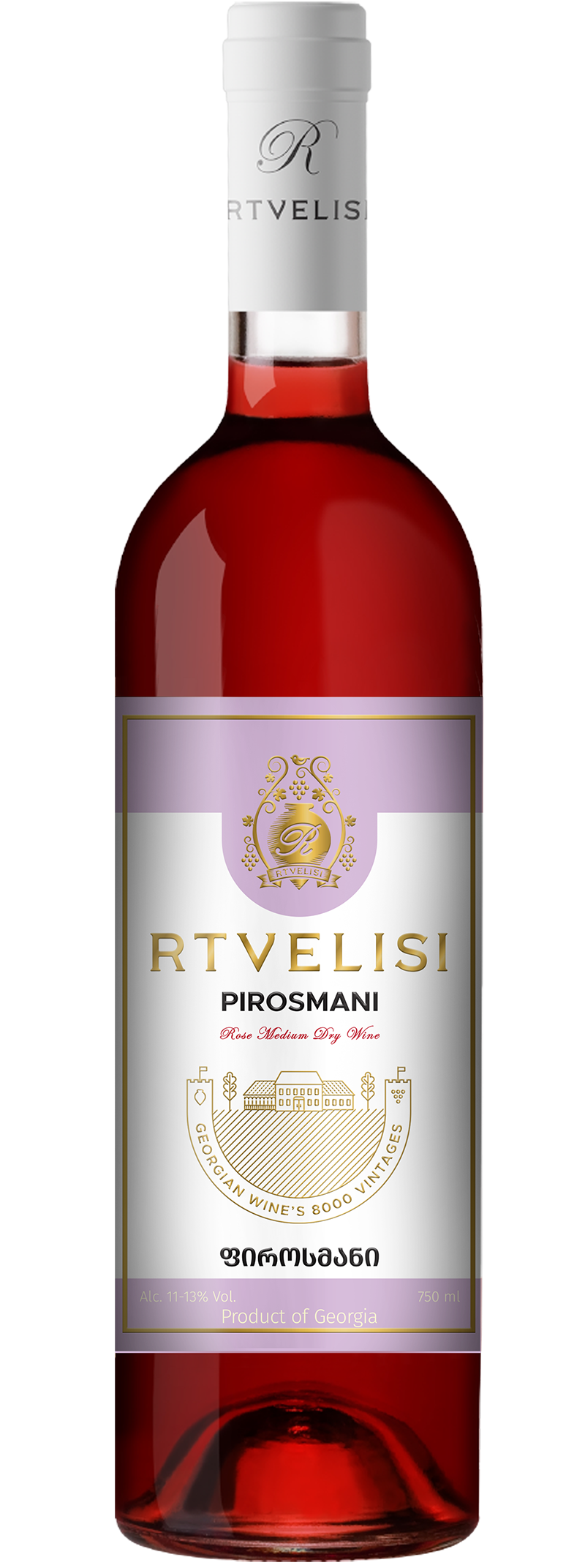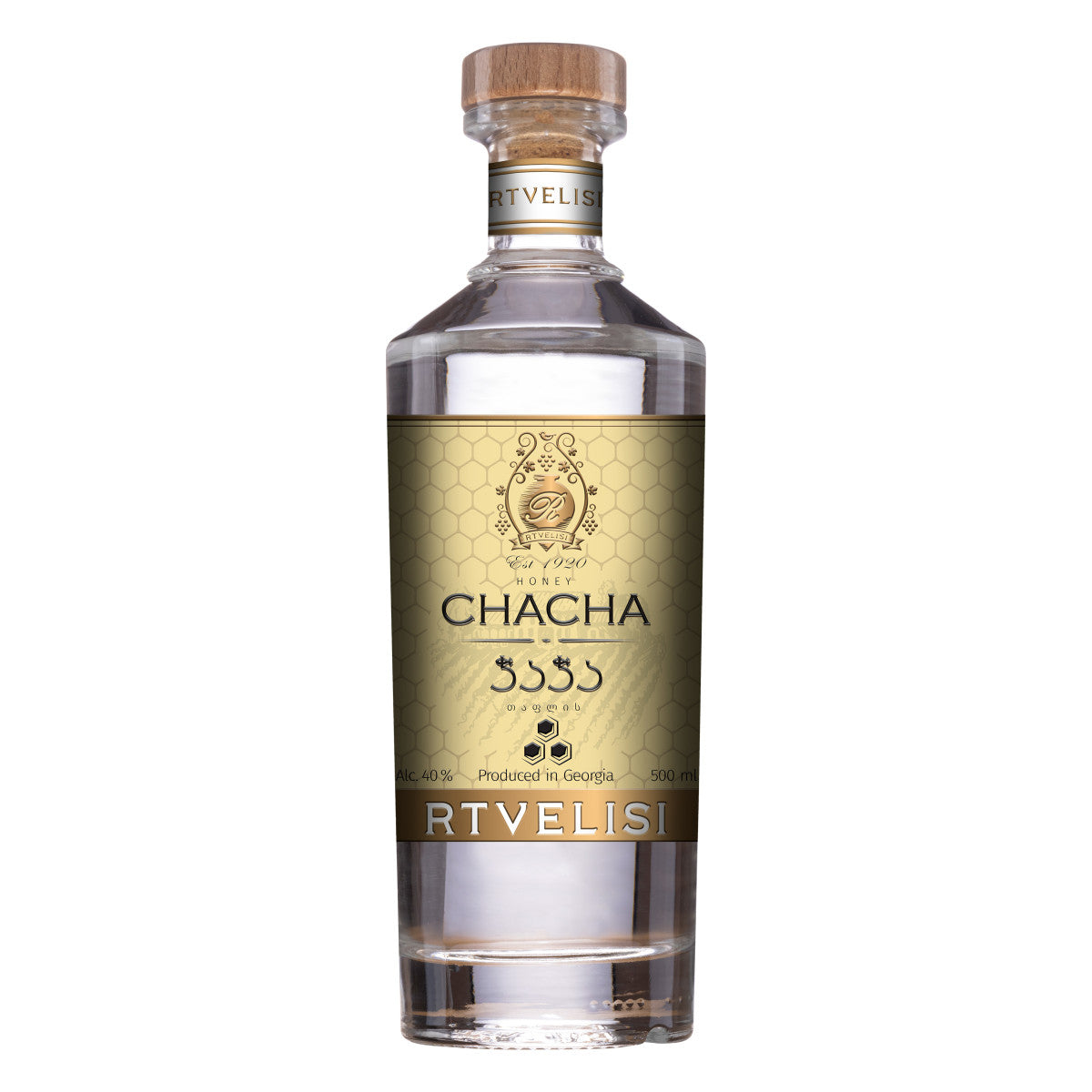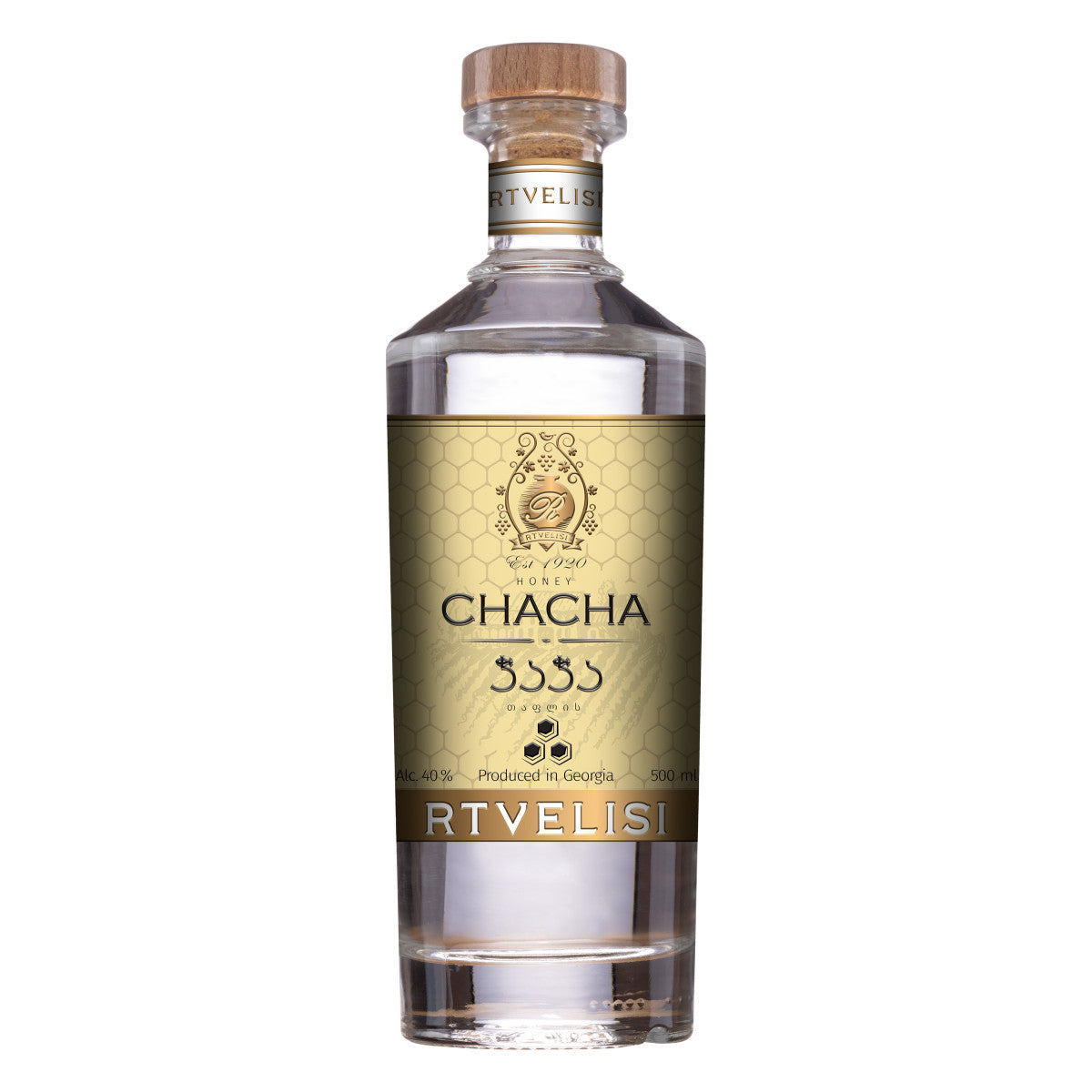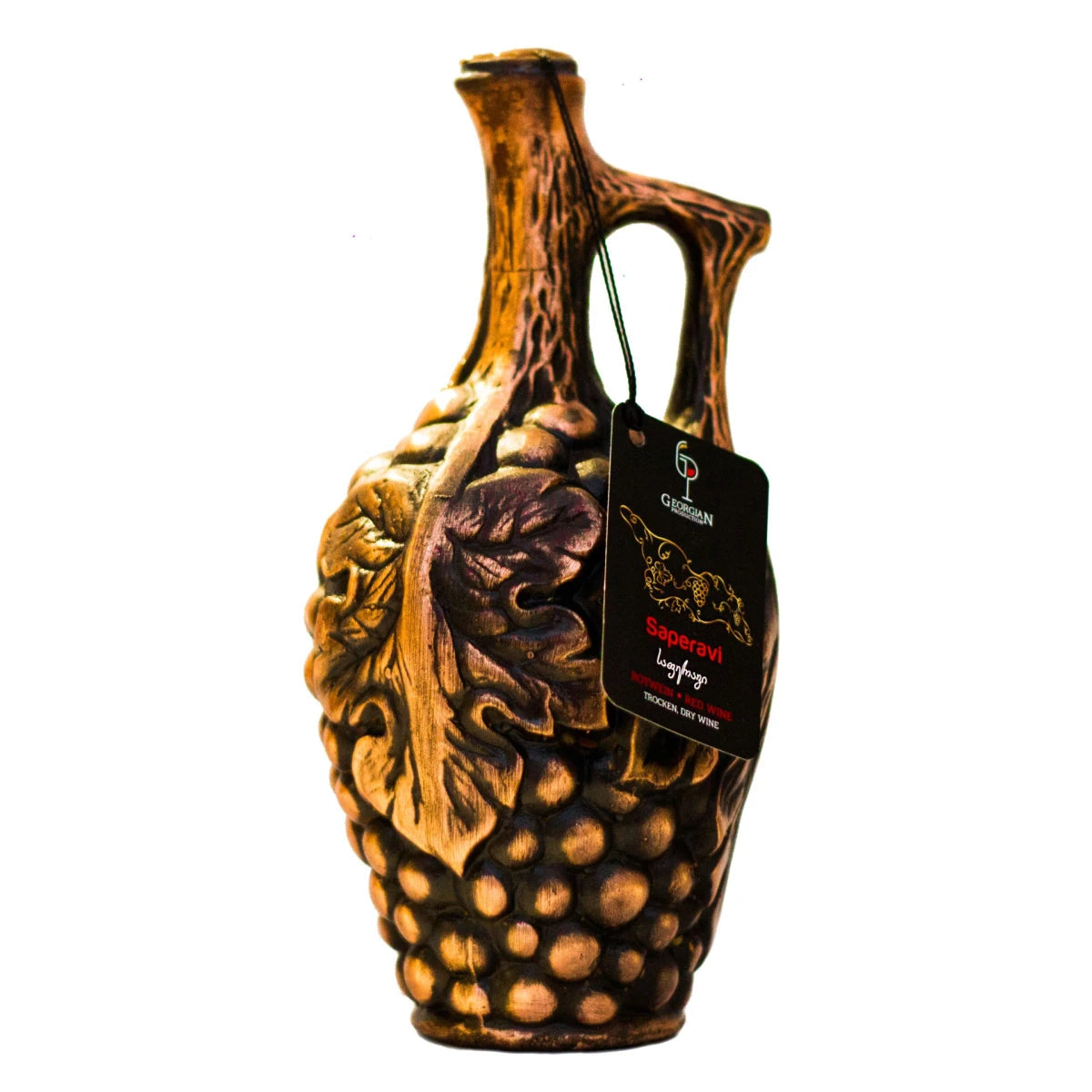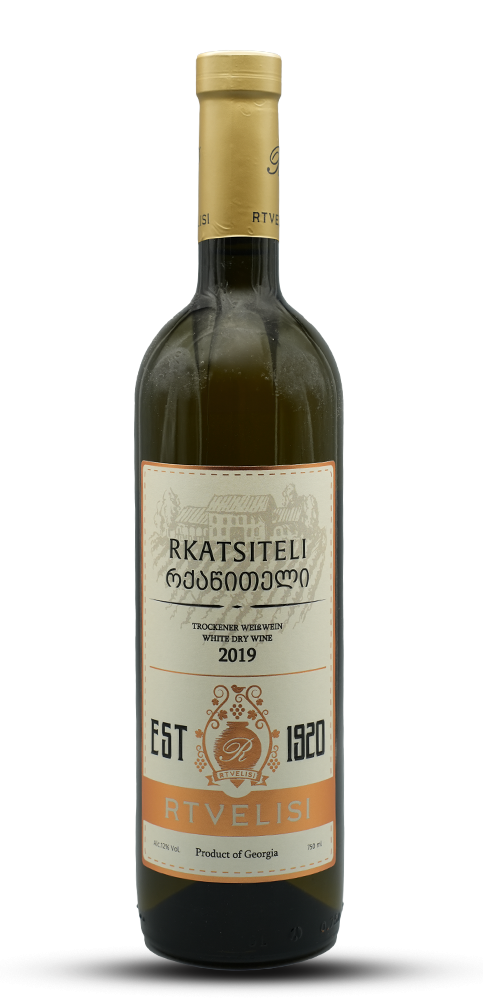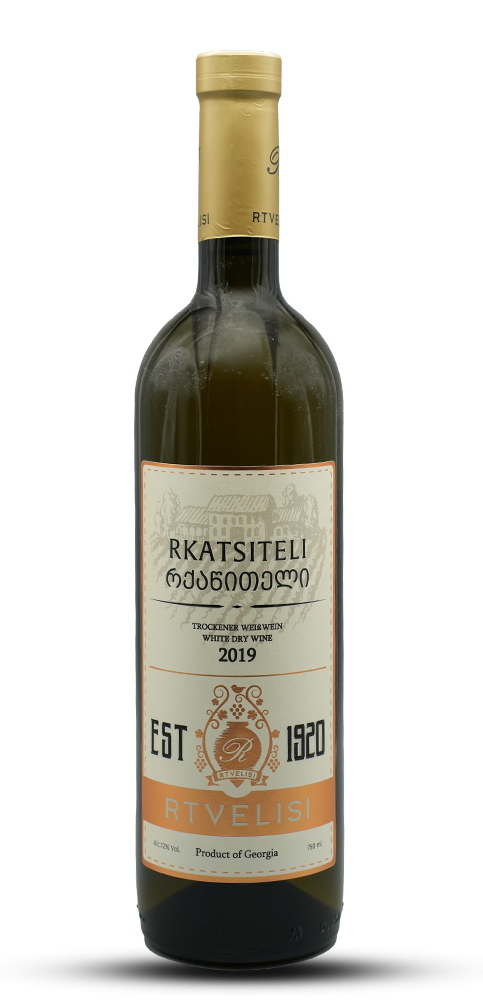
What is Whisky? – An introduction to the fascinating world of whisky
Whisky is not just a drink, but a passion, a piece of culture and a symbol of craftsmanship that has been perfected over centuries. But what exactly is behind the golden distillate? In this article, we delve into the fascinating world of whisky. Whether you are a beginner or already a connoisseur - here you will find out everything you need to know.
What is Whisky? – The Basics
The term whisky (or whiskey) refers to a spirit made from grains such as barley, corn, rye or wheat. The most important ingredient, however, is water , which forms the basis for fermentation and distillation. Storage in oak barrels gives the whisky its unique taste and characteristic color.
The spelling varies depending on the country of origin: in Scotland and Canada they speak of "whisky", while the USA and Ireland prefer the term "whiskey". The difference is noticeable not only linguistically, but also in taste.
The History of Whisky
The origins of whisky go back a long way, probably to the 5th century. The first documented distillations took place in Scotland and Ireland . The monks used their skills to produce a medicinal drink called "Aqua Vitae" (water of life). Over the centuries, whisky developed from a medicinal product into a globally valued luxury item.
In the 18th century, whisky was revolutionized, especially in Scotland, by technical innovations and the introduction of continuous distillation. Bourbon whiskey , made from corn, also gained in importance in the USA.
The different types of whisky
The variety of whiskey is impressive, and each type has its own character. Here are the most popular types:
-
single malt whisky
Made from malted barley in a single distillery. Particularly popular in Scotland. -
Blended Whisky
A blend of different malt and grain whiskies, ideal for beginners. -
Bourbon Whiskey
An American classic that contains at least 51% corn and is aged in new oak barrels. -
Irish Whiskey
Smooth and mild because it is triple distilled. -
Rye Whiskey
Particularly flavorful because it is made from rye. Popular in Canada and the USA. -
Japanese whisky
Known for its elegance and precision. A tribute to Scottish style.
Each variety has its own flavor notes , which are influenced by the choice of grain, the type of distillation and the storage.
How is whisky made?
The production of whisky is a complex process that consists of several steps:
-
Malt
The grain (often barley) is soaked, germinated and then dried. In Scotland, peat is often used to create a smoky flavour. -
mashing
The malted grain is mixed with hot water to extract sugars, producing a sweet liquid called wort. -
fermentation
Yeast is added to convert the sugar into alcohol. This usually takes 48 to 96 hours. -
distillation
The resulting alcohol is heated and concentrated in copper stills. This step influences the alcohol content and the taste. -
maturation
The whisky is stored in oak barrels , often for many years. This is where the aromas of vanilla, caramel and spices develop. -
bottling
Before sale, the whisky is diluted to drinking strength and bottled.
The taste of whiskey
One of the most fascinating things about whisky is its variety of flavor profiles . Depending on the variety, you can discover smoky , fruity , spicy or even chocolatey notes. The main factors that affect the flavor are:
- The grain: Barley brings malty notes, corn is sweeter, rye is spicier.
- The barrel: New barrels impart vanilla and caramel tones, while used barrels produce more subtle flavors.
- The storage time: The longer the whisky matures, the more complex its taste becomes.
How do you enjoy whisky properly?
Whisky is a drink that should be enjoyed with care. Here are some tips:
- Choose the right glass: A tulip or nosing glass brings out the aromas to their fullest.
- Neat or diluted: Start with a small sip neat, then add a few drops of water if needed to open up the flavors.
- Ice or not: Many people drink whisky without ice, as this dulls the flavors. However, if you prefer it chilled, you can use whisky stones.
The best countries for whisky lovers
The whisky world is international, and each country offers its own interpretation of the noble drink:
- Scotland: The home of single malt, known for regions such as Islay, Speyside and Highland.
- Ireland: Produces mild whiskey, ideal for beginners.
- USA: Especially known for bourbon and rye whiskey.
- Japan: Has established itself as a premium whisky country in recent decades.
- Canada: Famous for soft, often slightly sweet rye whiskeys.
Whisky and food – a harmonious combination
Whisky can be combined excellently with food . Here are some suggestions:
- Smoky whisky: Perfect with grilled meat or aged cheese.
- Fruity whisky: Goes well with desserts like apple pie or dark chocolate.
- Mild whisky: Suitable for seafood or salads.
Conclusion – Whisky as a luxury item and experience
Whisky is more than just a drink – it is a journey through taste , history and culture . Whether you try a single malt from Scotland or a bourbon from the USA, each whisky tells its own story.
If you are interested in the world of whisky, we recommend trying different varieties and discovering your personal favorites. Let yourself be inspired by the variety and enjoy the moment - after all, whisky is a drink that wants to be celebrated.






